Circa Upper Mesapotamian Big Syro Tell-brak Black Stone All Seeing Eye Idol. Rare




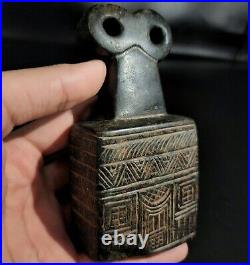

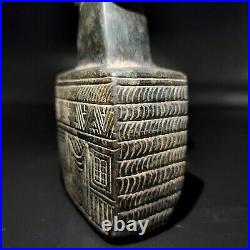

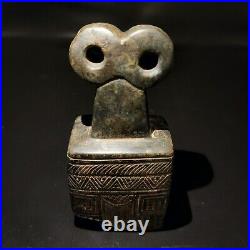
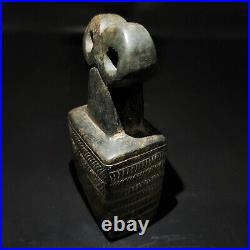
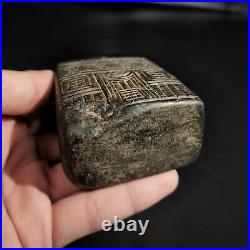
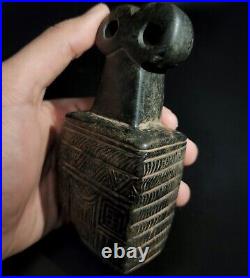

CIRCA NEAR EASTERN UPPER MESOPOTAMIA SYRO BLACK STONE ALL SEEING EYE IDOL. The eye idols of Tell Brak have no parallels, in either Syria or Mesopotamia and they could help us answer important questions of the history of the region. Tell Brak, located in the Upper Khabur region of northeast Syria on the fertile plains near the Tigris river, is one of northern Mesopotamia's largest ancient sites and among the world's earliest cities. Ancient times, Tell Brak was considered an international city. It was home to several civilizations over the centuries, including the Sumerians, Babylonians, Akkadians and the Mittani's.
The city was finally abandoned in c. Although Tell Brak is in north-eastern Syria, both the decoration and plan of the Eye Temple resemble that of south Mesopotamian temples, such as those in Uruk and Eridu. Eye symbolism was also popular in Mesopotamia around this time, and eye designs have been found on objects from the Royal Cemetery from Ur as well as in temples. The Eye Idols of Tell Brak, however, are completely unique and have no parallels, in either Syria or Mesopotami, the Fitz William Museum informs. The eye idols discovered at the site date to about 3,300 BC.
Many of them are incised with multiple sets of eyes, others with jewelry, and still others with representations of "children"-smaller eyes and body carved on the body of the larger idol. According to historians and archaeologists the idols are thought to be offering.
It is believed that wide eyes demonstrate attentiveness to the gods in much Mesopotamian art. There reason why so many of these figures were left in the temple, was that they were considered gifts to the gods. The decoration of the idols varied, and it seems that they may have been personalized. Some of the figures have carved lines and zig-zags on their bodies depicting clothes.
There are even examples of group idols representing more than one figure, some of which have a smaller'child' figure carved onto the front. We intend provide the best customer service to all of our customers. Feel free to get in touch regarding any item or issues. This item is in the category "Collectables\Decorative Collectables\Other Decorative Collectables".romana" and is located in this country: AE. This item can be shipped worldwide.
- Type: idol
- Style: Near Eastern
